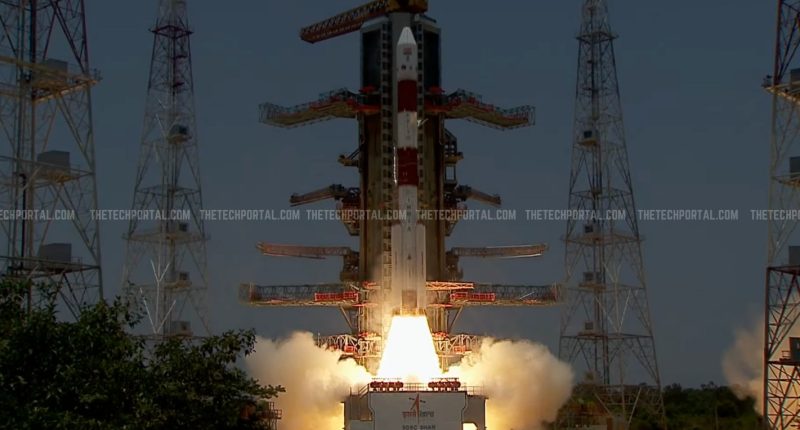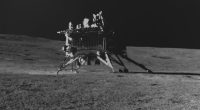Last month, India’s spacefaring journey entered a pivotal chapter with the success of Chandrayaan-3’s soft landing on the Moon. Now that it has reached the moon, the Indian Space Research Organisation (ISRO) has set its eyes on yet another ambitious target – the sun itself. The Indian space agency has now embarked on another ambitious journey into space, this time to study the Sun, aptly named Aditya L-1. The Aditya L-1 mission, India’s maiden space-based mission to study the Sun, clocked a successful launch from the Satish Dhawan Space Centre (SDSC) SHAR in Sriharikota.
The Aditya L-1 mission was carried into space by the Polar Satellite Launch Vehicle (PSLV) in its ‘XL’ configuration. The spacecraft took off from the Satish Dhawan Space Centre in Sriharikota on Saturday, September 2, at 11:50 AM, and interested citizens were able to watch ISRO’s live coverage of the event on its Facebook and YouTube channels.
Initially, the PSLV will place the Aditya L-1 in a lower Earth orbit. Subsequently, the spacecraft’s orbit and velocity will be incrementally increased using onboard propulsion until it is slingshot towards the Sun. The spacecraft will ultimately settle in a halo orbit around Lagrange point 1 (L1) of the Sun-Earth system, located approximately 1.5 million km from Earth, 1% of the distance between Sun and the Earth.
The choice of a halo orbit at L1 brings significant scientific advantages. It allows Aditya L-1 to maintain an uninterrupted gaze at the Sun. This unbroken view is critical for real-time monitoring of solar activities and understanding their influence on space weather. By identifying the sequence of events leading to solar eruptions and comprehending space weather drivers, this mission can significantly enhance our ability to predict and mitigate space weather-related challenges.
The journey to this strategic position, named after the rising Sun, is expected to take about four months. The Aditya L-1 mission is driven by several significant objectives:
Study of Solar Upper Atmosphere: The mission aims to investigate the dynamics of the solar upper atmosphere, including the chromosphere and corona.
Understanding Solar Heating Mechanisms: It seeks to understand the heating processes of the chromosphere and corona, the physics of partially ionized plasma, and the initiation of phenomena like coronal mass ejections and flares.
In-situ Particle and Plasma Environment: The mission will observe and provide data on particle dynamics originating from the Sun.
Solar Corona Physics: Aditya L-1 aims to delve into the physics of the solar corona and its heating mechanisms.
Coronal and Coronal Loop Plasma Diagnostics: This involves measuring temperature, velocity, and density of plasma in the corona and coronal loops.
Understanding Coronal Mass Ejections (CMEs): The mission will contribute to deciphering the development, dynamics, and origin of CMEs.
Magnetic Field Measurements: Aditya L-1 will explore the topology and measurement of magnetic fields in the solar corona.
Space Weather Drivers: It will examine the origin, composition, and dynamics of solar wind, contributing to space weather studies.
The launch vehicle, PSLV, has been more than a trusted workhorse in ISRO’s arsenal, known for its reliability and versatility. It has been the launch vehicle for several previous missions, including Chandrayaan-1 and Mangalyaan. The XL configuration of the PSLV is equipped with six extended strap-on boosters, making it capable of carrying heavier payloads. While it can lift 1,750 kg to the sun-synchronous polar orbit, Aditya L-1, weighing 1,472 kg, will be comfortably launched aboard the PSLV. There are a total of seven payloads on-board Aditya-L1 – four of them are charged with carrying out remote sensing of the Sun, while three of them will carry in-situ observation.
The Tech Portal is published by Blue Box Media Private Limited. Our investors have no influence over our reporting. Read our full Ownership and Funding Disclosure →






